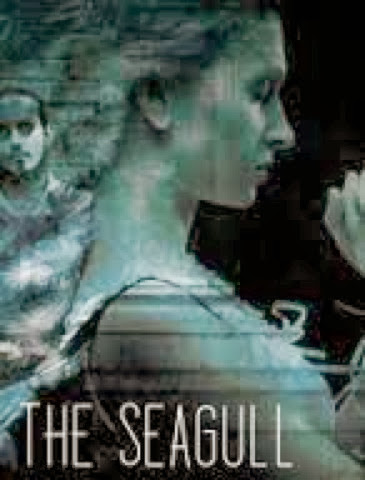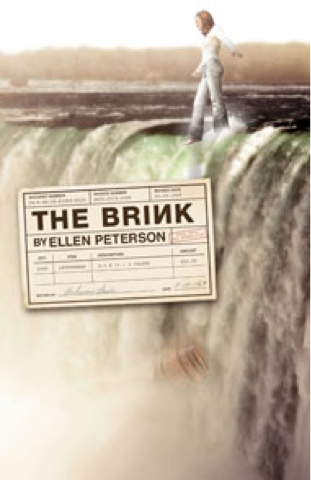In the ever-humbling words of Andrew Visnevski, my dissertation tutor at RADA, "you, and Brecht". Indeed, I have, attempted (nay, succeeded?) to adapt Christopher Marlowe's
Edward II, which some have described as "the most perfect achievement in dramatic structure". You know, no big deal.
The original is a firecracker of a story, but it is long, and a touch wandering, as Elizabethan plays can be, with altogether too many characters (What, was this some sort of government job-creation scheme??). I set out with the goal of tightening the story lines, and cutting down to 10 actors. Seems easy enough...however, being me, I embarked upon a year of reading and research. I read historical accounts of Edward's real life. I read essays about the play and its impact. I read and watched political dramas. I even read a gargantuan historical reference book accounting for the entirety of the Plantagenet dynasty. Because, you know, research.
What emerged from this research were two things. First, our current political and personal climate is one where the personal and the political are blurred. Young hopeful politicians are edited out of the race due to personal tweets from years ago. The Mayor of Toronto is videotaped and goes viral smoking crack. "Successful" politicians' families are polished and primped, photographed and prepared for the public, to the point where they are cookie-cutter versions of actual human people. But the risk of the messy truth coming out is too great. How alike this is to Edward, who wants to live his life as he chooses, which he should rightfully do, however those around him wish to dictate how he appear, and who he consorts with.
Second, the idea of the actual life of Edward II, son of the myth-making, Scot-fighting Edward Longshanks (whom most know as the vicious English King in Braveheart). Longshanks created myth like none before (and arguably few after for several hundred years). His was a world just like ours, where image and reality were two different things. Into this world is born Edward II, who wasn't meant to be King, and who (at least in the play) doesn't make a great one. His own son, who will become Edward III, becomes the face of what happens when a child is forced to inherit a legacy of image.
So, the themes of the personal becoming public, and of the prince observing a world where he is unsure of his place, took the forefront.
What opens on Thursday is a first go; the company have taken my first draft, continued to tinker with the text and images, and presented a first production. It is our hope that the firecracker that we began with from Marlowe now has an even shorter fuse, and one that compels us to see our own hopes and expectations, not only for rulers, but for those around us in any position of power, reflected.
I'm certainly not finished with this text, and would be immensely grateful for your thoughts should you see the production.
Edward II runs Oct 1-4 at the Asper Centre for Theatre & Film at the University of Winnipeg. Tickets and times at www.theatrebytheriver.com







